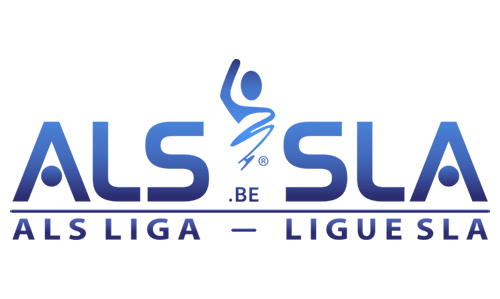Presentation of Dr. Robin Lemmens
The zebrafish as model for ALS
Dr. Robin Lemmens, researcher at the Department Neuro Sciences (KU Leuven – Gasthuisberg)
Just like Dr. Storkebaum, Dr. Lemmens started with an explanation of ALS. He also focuses on the familial or inherited form of ALS, but more specifically on the SOD1 gene that occurs in 20% of the 10% familial ALS. In the case of sporadic ALS it is not yet known what the cause is: environment, ageing or genetics.
In the nineties, the SOD1 gene was incorporated into mice. The transgenic mouse showed symptoms that are similar to those in humans. There are two possible research tracks that can be followed. On the one hand attempt to obtain insights into a particular disorder and then develop the theories. So it was thought that anti-inflammatory drugs might help, but this was not very encouraging. On the other hand one first makes a medicine, of which the effect is not well known. If this helps, one investigates why it worked.
To have the research done quickly and less expensive, Dr. Lemmens went in search of other species that may be eligible. He found the zebrafish ideal because they don’t take much space, they reproduce rapidly, they cost less and they are easy to maintain. In addition to this they are vertebral like humans, easy to inject, their embryos are transparent, the fertilization and development occurs externally and per week you have an average of 250 embryos.
In his research he will use two models of zebrafish:
• The SOD1 gene is incorporated in the genetic material of the zebrafish. The injected material also contains a fluorescent protein so it is known with certainty that the SOD1 is actually located in the cells. Afterwards the transgenic zebrafish is examined to check if he developed a similar disease as the transgenic mouse. The movement behavior is recorded by a video track system and afterwards analyzed by a computer.
• Models where RNA of the SOD1 gene is injected, which is subsequently converted to protein. It is checked if a large amount of mutated human SOD1 can cause damage to the motor nerve cells. In these models, the development of the motor nerve shoots of the zebrafish embryos is evaluated. The nerve shoots are colored with a fluorescent marker and afterwards measured and viewed with a computer program to check if they are normal or not.
Dr. Lemmens’ conclusions from the studies he conducted to date:
► Given the findings in the second model where the injection of mutated SOD1 resulted in an impaired development of motor nerve shoots, the zebrafish seems an excellent model to study the disease ALS.
► By testing a large number of pharmacological agents in this model, he hopes to find new medicines working in ALS. Hereby products are sought that can lift the toxic effect of SOD1. Subsequently these findings will be tested in studies in mice first and if successful then in ALS patients.


